As consumer demand for high-quality oral care products grows, so does the need to evaluate the environmental impact of electric toothbrush production. For oral care brands, balancing innovation, performance, and sustainability is no longer optional — it’s a necessity. Understanding the environmental footprint of manufacturing can help brand owners find the right factory partners while ensuring long-term brand value.
The first stage in production begins with materials. Many electric toothbrushes use plastics, metals, and electronic components that can create waste and pollution during extraction and processing. This is where eco toothbrush manufacturing comes in — focusing on responsibly sourced plastics, recyclable packaging, and even biodegradable components. By selecting suppliers who invest in sustainable materials, brands can reduce upstream environmental impact.
The assembly of electric toothbrushes requires significant amounts of energy. Factories that rely on fossil fuels increase carbon emissions. However, more manufacturers are now adopting sustainable OEM practices, such as solar-powered facilities or energy-efficient production lines. Choosing an OEM partner committed to energy reduction not only cuts costs but also strengthens a brand’s green image.
Beyond energy, waste generated from injection molding, circuit board production, and battery assembly can be harmful to the environment if not properly managed. Leading factories implement recycling systems and waste separation processes. Brands should prioritize partners that emphasize green oral care strategies, ensuring minimal toxic outputs and safer disposal practices.
Electric toothbrushes often involve global supply chains. From component shipping to final distribution, transportation emissions add significantly to the carbon footprint. Brands can mitigate this impact by working with localized OEM factories or by collaborating with suppliers who implement greener OEM solutions like optimized logistics, eco-friendly packaging, and carbon offset programs.
Even after leaving the factory, electric toothbrushes continue to impact the environment. Batteries, charging stations, and non-recyclable parts can create e-waste. Forward-thinking manufacturers are addressing this by designing modular toothbrushes with replaceable heads and recyclable parts. By aligning with sustainable OEM practices, brands can extend product life while lowering post-consumer waste.
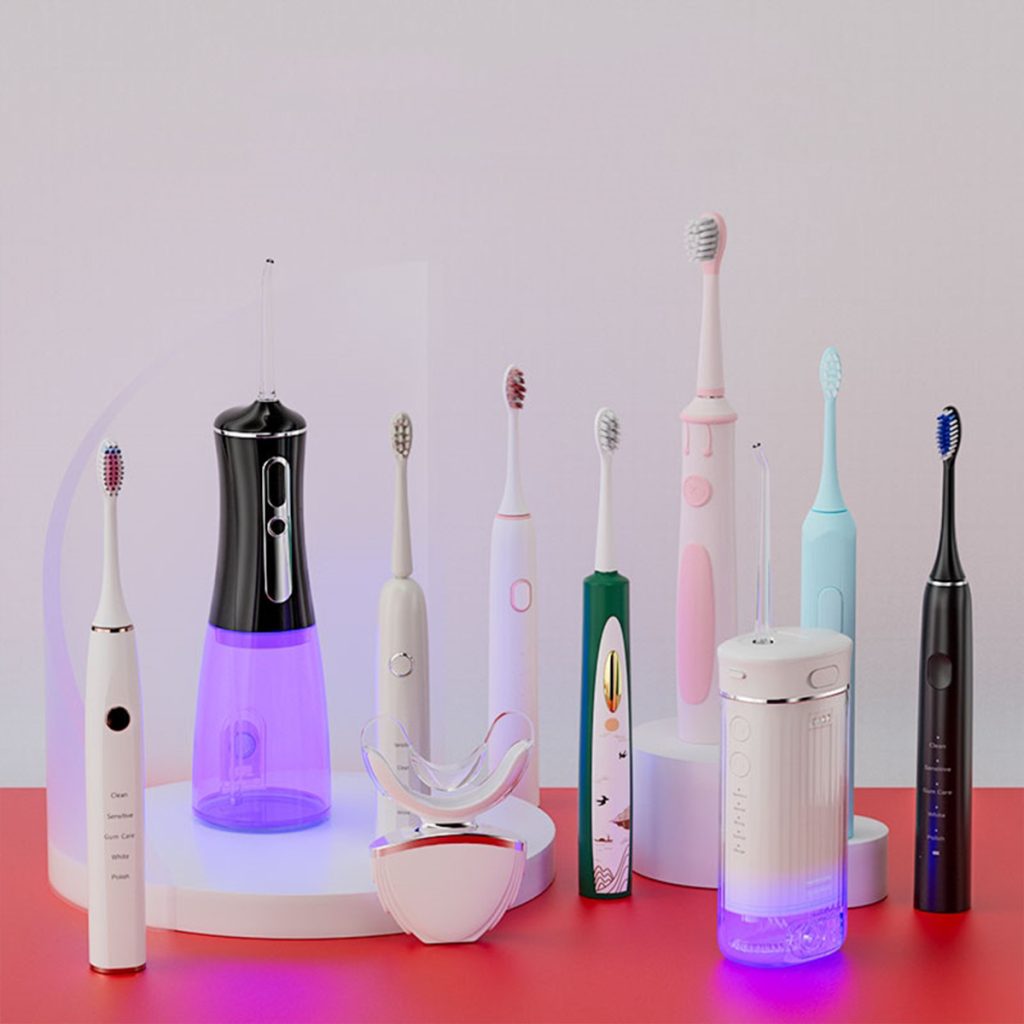
For oral care brands, aligning with environmentally conscious manufacturing is more than a trend — it’s a strategic advantage. From eco toothbrush manufacturing to green oral care solutions, every step taken toward sustainability builds consumer trust and long-term market competitiveness. By partnering with factories that prioritize implementing greener OEM solutions, brands can deliver innovation while reducing the environmental impact of electric toothbrush production.
.jpg)
Looking for Texas holiday deals on a travel toothbrush?
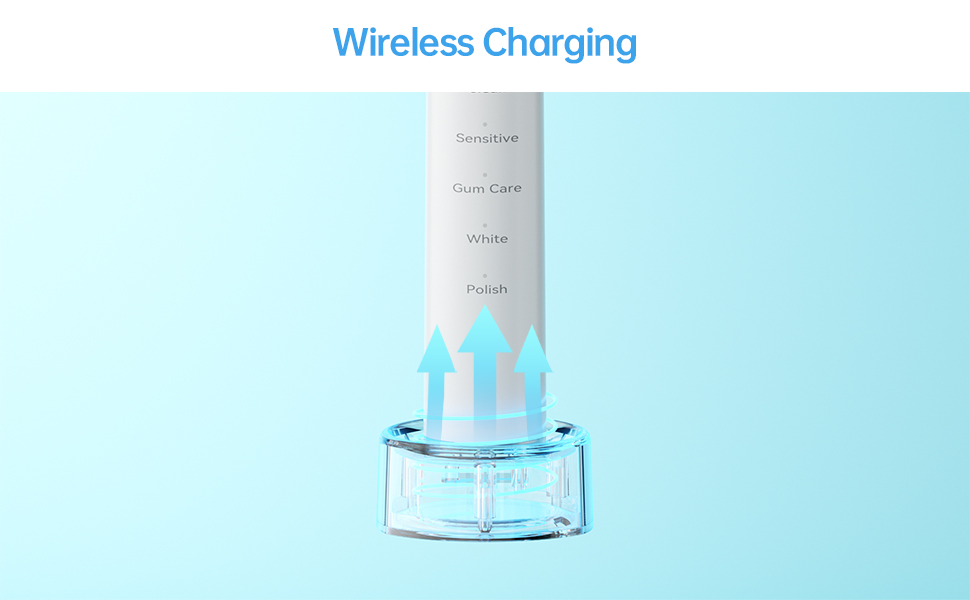
Electric Toothbrush Charging Dock OEM: Stylish and Functional Accessories

White Label Electric Toothbrush OEM: Complete Branding Solutions
Battery Drain and Compatibility Issues Triggering Claims?
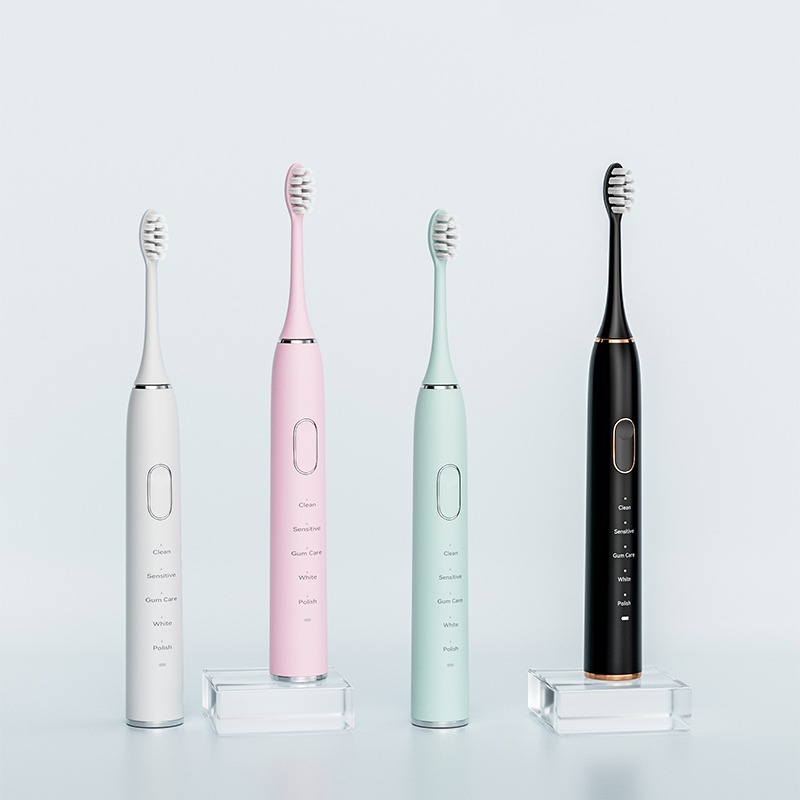
How to choose the right electric toothbrush for you?
.jpg)
Why choose dental equipment suppliers in Lakebay WA for clinic-grade tools?
Explaining the Teeth Whitening Device and How to Use It?
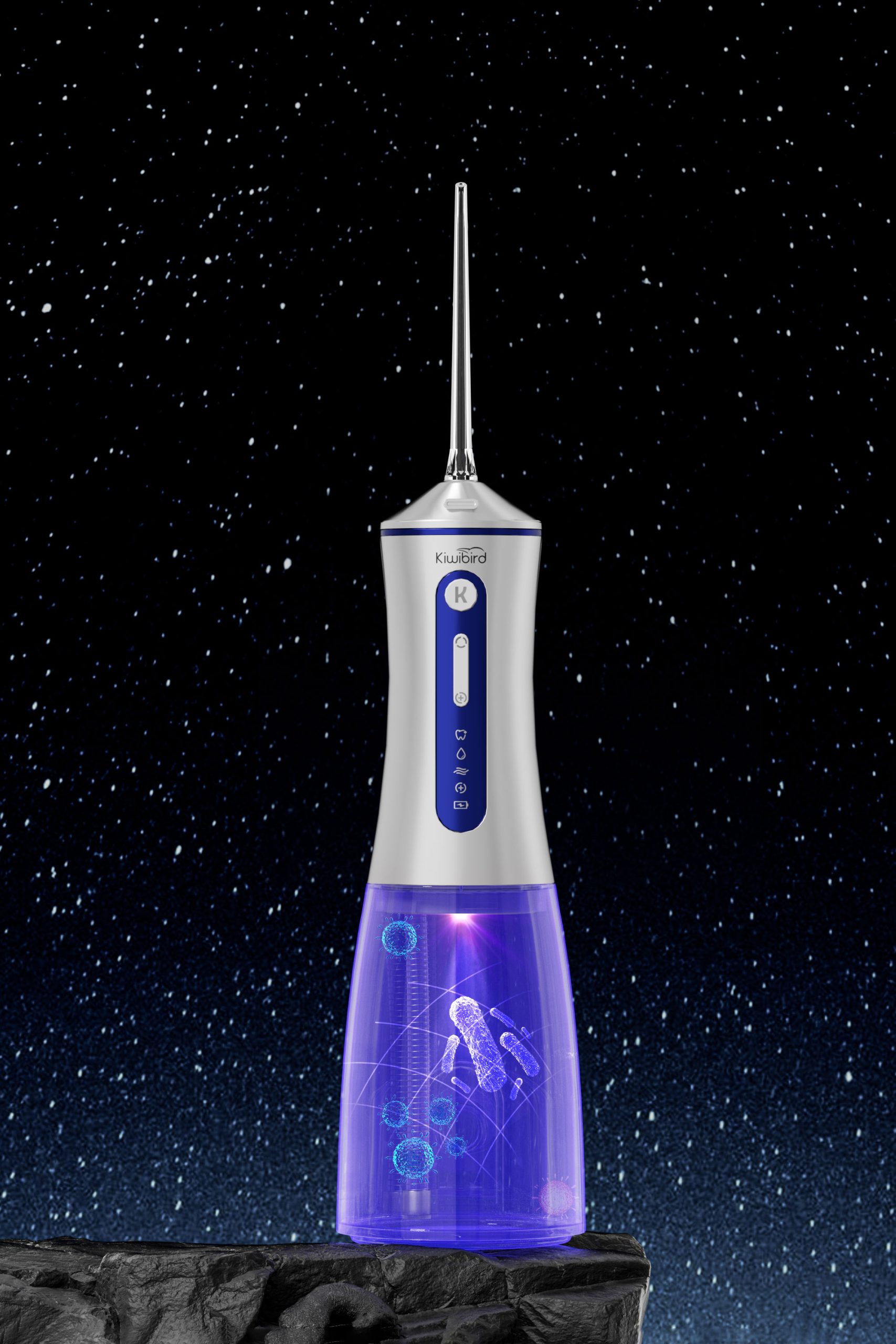
Analysis of the Core Technology of Ultraviolet Sterilization Water Flosser: How to Ensure 99% Sterilization Rate?

Dental Science | Suitable People and Precautions for Using Home Water Flossers

How to Increase Repurchase Rate Through the “Brush Head + Toothbrush Handle” Accessory Adaptation Structure?
Voltage Tripping and Sterilizer Corrosion Hindering Exports?

Can Bluetooth Toothbrush Tracking Paired with a Smart Dental Coach Replace Your Dentist?
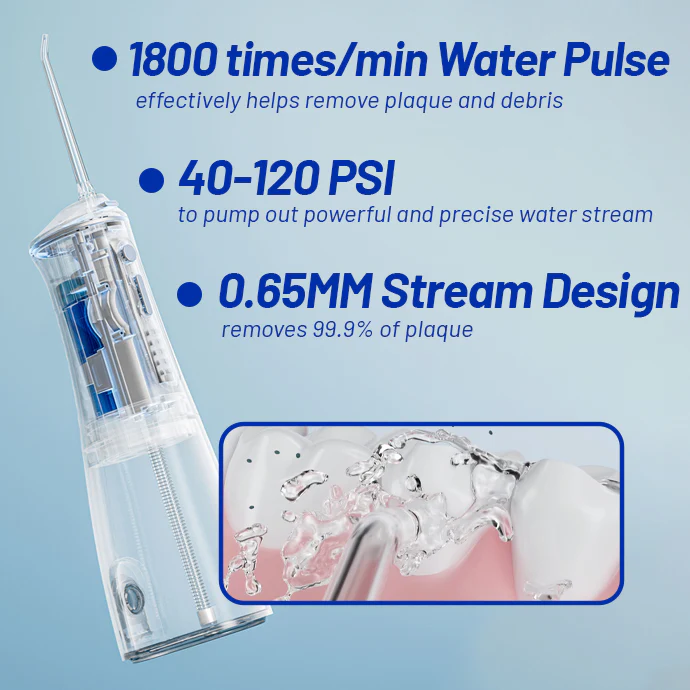
How to Choose the Most Suitable Nozzle of the Oral Irrigator?

Which Teeth Whitening Method Is Right for You?
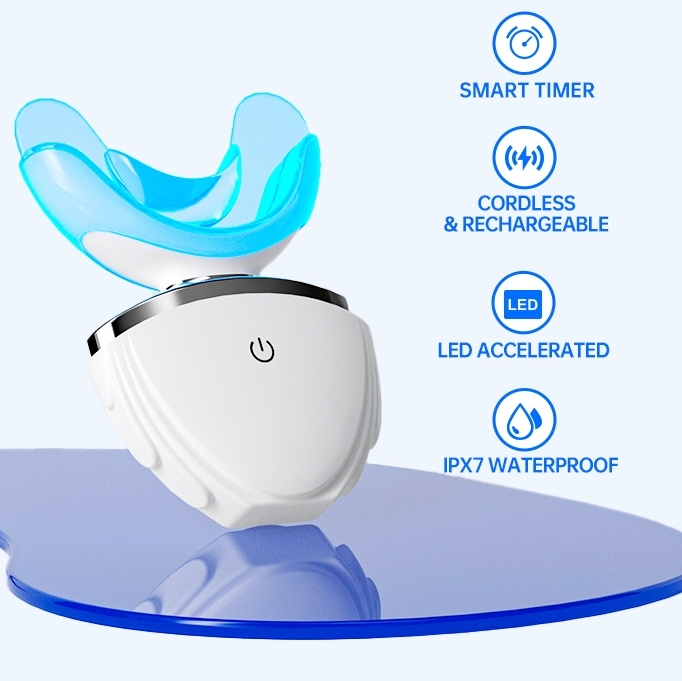
From a Chemical Perspective, Do Teeth Whitening Products Really Work?

The Best Tool for Cleaning Your Mouth: Electric Toothbrush or Water Flosser?

electric toothbrush heads Charcoal Infuse-Round

electric toothbrush heads Deep Clean

Electric toothbrush heads Charcoal Infused-Diamond

electric toothbrush heads Regular Clean
.jpg)
Florida Electric Toothbrush – Powsmart PTR-C8

Private Label Whitening Gel

Customization Teeth Whitening Gel

electric toothbrush heads Ultra Soft
whstapp
whstapp
National Toll-Free Service Hotline
+86 755 86238638